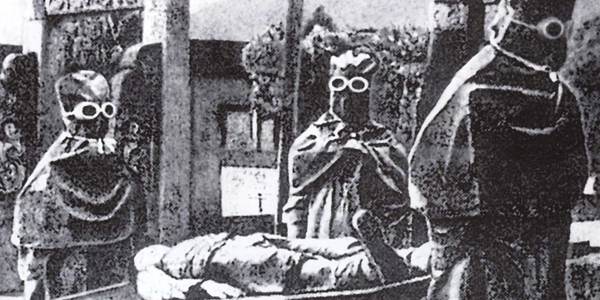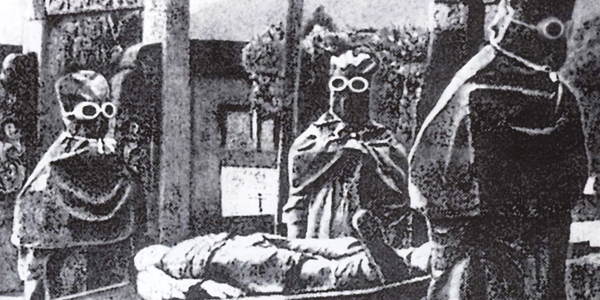It has been known for some time that Japan worked to create bioweapons during the Second World War, often using prisoners as test subjects. Apparently, confirmation of their work on new types of warfare was documented with photographic evidence, providing more information on their methods for creating and testing their new weaponry. Even though the bulk of their creations were not actually used during the war, their work on bioweapons was even more expansive than some might have imagined.
A multitude of photographs and assorted documents regarding Japan’s role in the Second World War has been released over the past few months as tensions between China and Japan over Japan’s apparent lack of an apologetic stance on the war have slowly been coming to a boil. The issue of Japan using Chinese prisoners to test bioweapons is one of many points of contention which China still holds against Japan today. Some of these documents have been digitized and released for public viewing, while others have been auctioned off as rare items from the war era.
Many history buffs and general collectors of rare items have maintained an interest in photographs pertaining to Japan’s experimentation with germ warfare, as Japan is believed to have destroyed a number of documents proving their history with bioweapons shortly after they surrendered to the Allies. While these tests are known today to have taken place during the war, they were fairly covert at the time. This is because they were carried out by the top secret Unit 1855, who used the guise of a hospital as a front for their work, the Ecns.cn reports.
While Unit 1855 is the subject of the most recent photos to go under the hammer, they were not alone in their work. Unit 731, which conducted similar tests, is much better known due to a much greater level of modern publicity. Attempts at creating bioweapons were spread out among during regions within China, with Unit 1855 working within at least three of them. China’s State Archives Administration has been gathering as much information as they are able to find on these units and the regions in which they operated.
Had Japan’s testing with bioweapons and germ warfare proven more successful, the Allies might have suffered even more tragic losses than they already did. The goal of those who release these photos is two-fold: while many in China would like Japan to eat crow and demonstrate more sincerity in their apologies for their conduct during the Second World War, most who work to release photos and documents such as those concerning germ warfare and bioweapons are simply hoping to ensure that history does not repeat itself. They believe this can be achieved by showcasing some of the baser actions committed by man in times of war, actions that many hope will cease to be repeated in future conflicts.

